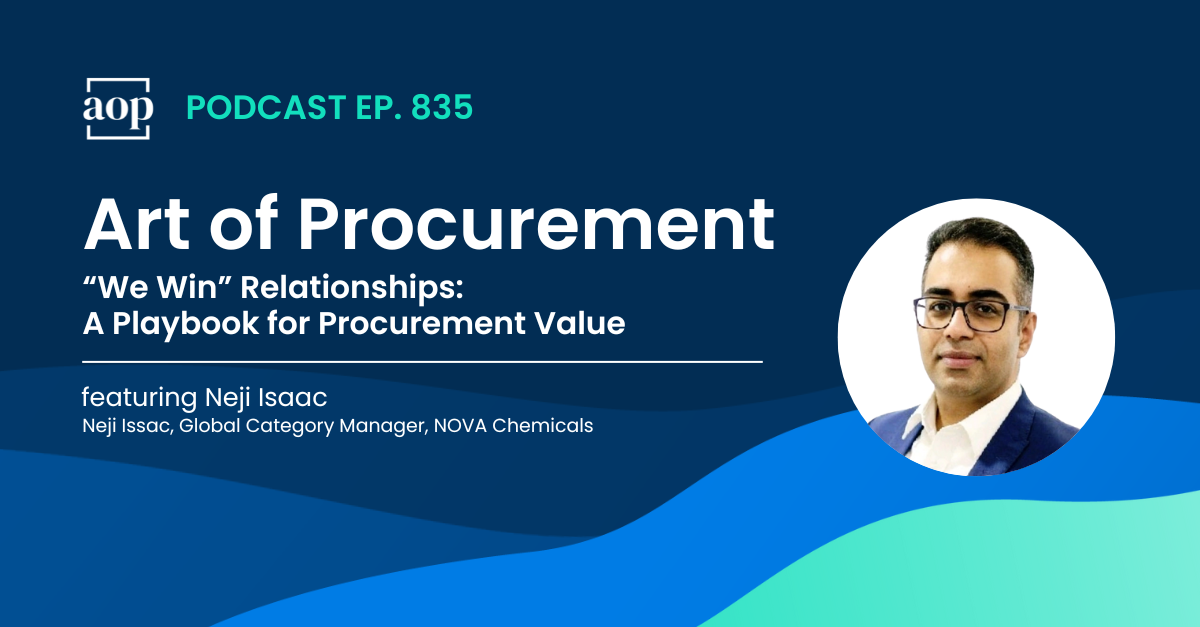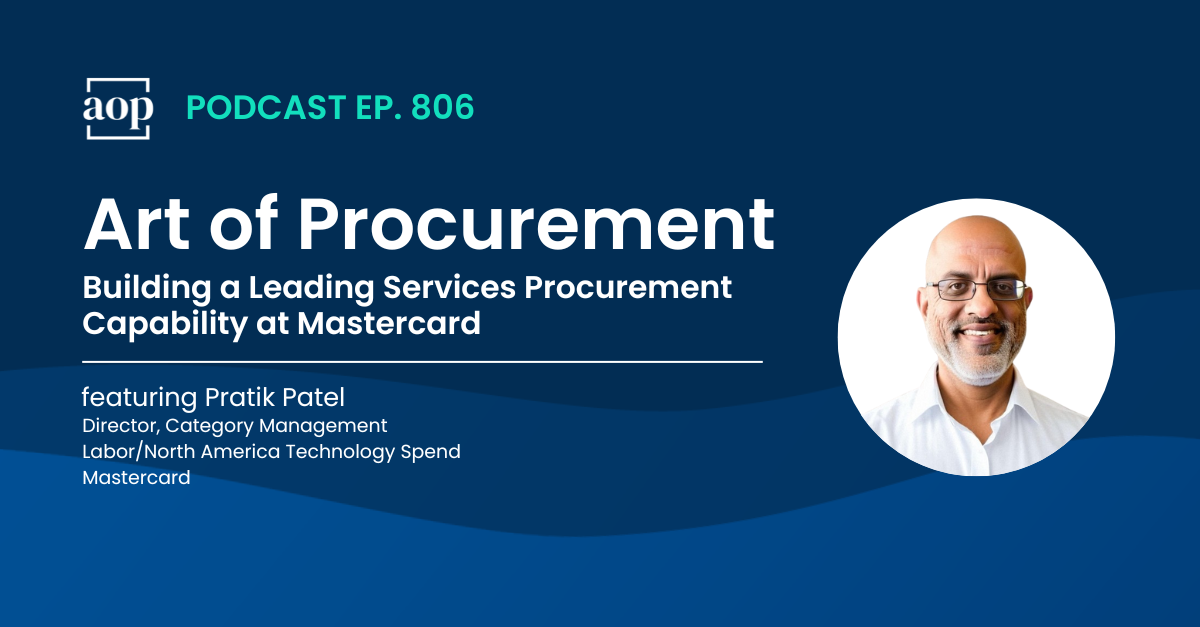2 min read
Strengthening Your Corporate Culture to Survive Challenging Times
Philip Ideson : August 6, 2023

“Procurement needs to be a friend. They need to have relationships. Without relationships, the price on a piece of paper is meaningless.” —Matt Reddington, Vice President of Operations at Procure Analytics
I recently spoke with Matt Reddington, Vice President of Operations of Procure Analytics, and Mu Wagh, their Chief Operating Officer, about the pendulum swing many companies are experiencing away from the decentralized model of spend management put in place during the pandemic years and towards the cost savings and accountability that come with a centralized procurement model.
They shared their perspectives on the opportunities this creates – not only in terms of cost savings, but also from a cultural, growth, and leadership perspective.
Matt pointed out that indirect categories tend to offer the best turnaround time on savings because they are usually managed by generalists who have a bias for speed and who are juggling multiple categories at once. Tracking and communicating those quick wins up the chain demonstrates procurement’s ability to have an impact while working on a longer-term centralized strategy that can take into account new or fluctuating economic and labor market conditions.
“One of the big challenges that we have to overcome as an industry is that a lot of the decentralized buyers are an aging workforce, and a lot of Gen Z do not want to go into those roles,” said Matt.
It’s important, he said, for procurement to have a sustainable data collection and implementation plan and build relationships across divisions so procurement can generate a pipeline of projects and deliver value throughout the life cycle, regardless of turnover in the business.
Mu pointed out that the cyclical nature of business also plays out in terms of what the business expects from procurement. “Very often, I see that cyclical nature. ‘I want to reduce my budgets. I want to take costs out.‘ There is always going to be someone out there at your door willing to give you a lower price on something.
“It’s about how much can they sustain it, how long can they sustain it, and are they able to provide that excellent service associated with it. Is it here to stay? Is it trackable?”
Procurement’s ability to succeed all comes down to relationships and understanding how to build and maintain a strong support system around the centralized model, even while dealing with external factors like inflation, a potential recession, high turnover, an aging workforce, or even the tendency of generalists to focus on the short term.
I have been a generalist, so I understand their approach. I cycled in and out of new categories every few years just to gain experience. Like many other generalists, the experience of being laser-focused on getting the maximum value out of one category during a fixed period helped me to build up a list of shorter-term wins every 2 years or so before I moved on to the next category. It’s a common pattern for a lot of generalists, and the value you can extract during that time frame can be alluring, but it also presents leadership with the challenge of trying to build a sustainable, solid culture and a lifecycle for each category that prioritizes longevity and orientation.
Training and education are critical for generalists, Matt said, and it should be a priority for procurement to bring in new, diverse perspectives.
“We need more different views and ideas,” he said. “We need folks from marketing to come in. We need operations folks in procurement. We need a different view or lens on how to view not only savings but supply chain and the value chain that they are creating would be critical.”
In the end, relationships are the linchpin of a successful, sustainable operating model, especially for organizations that are change-fatigued. This is where procurement “needs to be a friend,” said Matt. And, as Mu pointed out, if procurement doesn’t have buy-in early on and support from stakeholders – all built on strong relationships – they’ll be spinning their wheels and starting from scratch every few months. And that’s too much change, even for procurement.
Listen to the Conversation
Subscribe to Art of Procurement
Apple | Stitcher | iHeart Radio | Email




